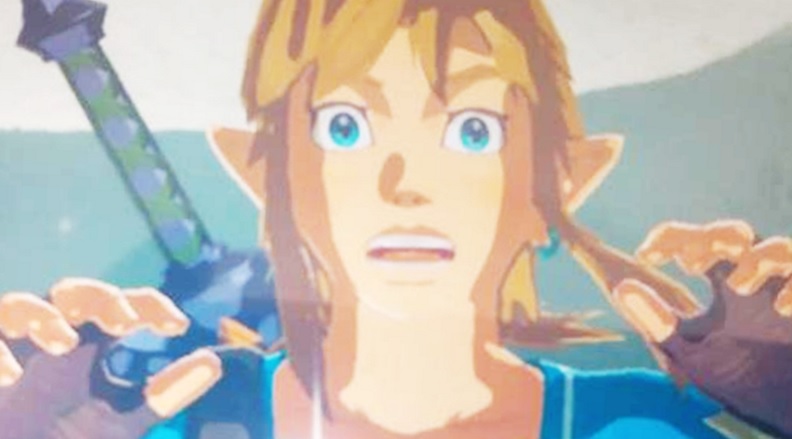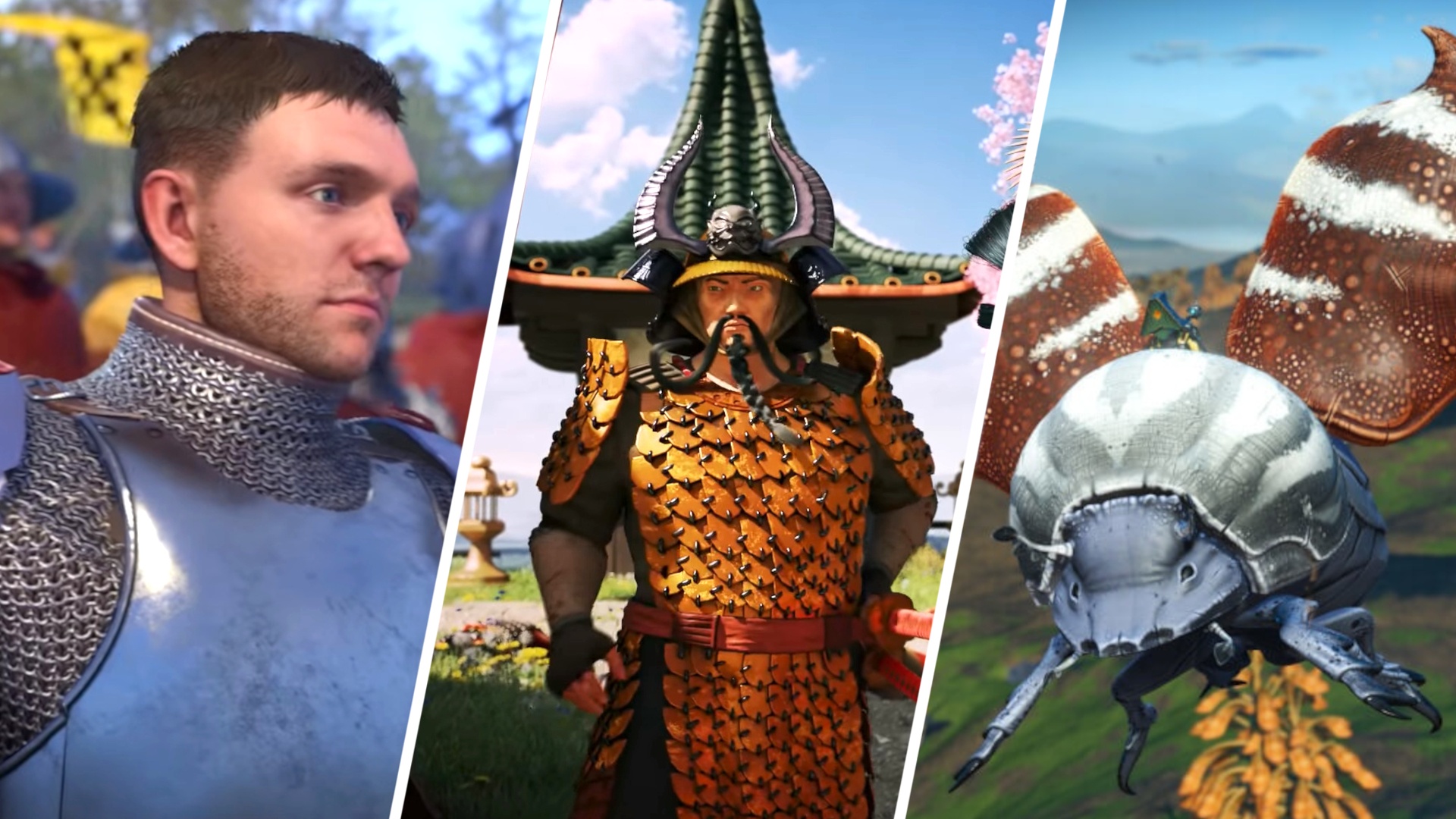
Astronite looks like it hails from the ZX Spectrum, and that’s precisely its goal. Touted as a “1-bit Metroidvania”, it’s rendered in stark black and white, with thin line art and all the evocative hallmarks of PC gaming’s bygone age. It even features little floppy disk icons at its save points and old-style telephones at its teleportation devices, allowing you to hop from one side of the map to the other.
Astronite’s difficulty, too, is another callback to video gaming’s nascent years. A good, solid kind of challenge, it starts digging in as early as the Abandoned Grottoes with a nasty set of Mario World-like stone plungers, spikes, and water to hinder your movement.
It looks and sounds, on paper, to be very similar to Devolver Digital’s Gato Roboto, but Astronite differs by being simpler on one hand, and altogether tougher on the other. While its structuring is typical Metroidvania, anyone who recently played Deedlit in Wonder Labyrinth will be able to easily spot the differences. Where Deedlit emphasised enemy grinding for level-ups and key item drops, pinning your campaign hopes on weaponry, strength, and combat skills, Astronite takes an alternate direction.

You start from your crashed spaceship, as squat and endearing as everything else in the dark, dark world of Neplea, and, after utilising your jetpack, map module, and gun to navigate the initial set of screens, are promptly stripped of all of it. While being tasked with recovering and bolstering your equipment is familiar enough, in Astronite you don’t level up by grinding enemy kills, but rather dispatching them for Neplea’s elusive currency, ‘Shpirtis’, which can be spent in shops to acquire upgrades. These include fire rate and range-based weapon improvements, jetpack accessories that boost your time in the air, a useful dash function, and even an ability to see the number of shots an enemy requires to be vanquished. But, in a nod to Dark Souls, a death will strip all the Shpirtis you’re carrying unless you’ve purchased “Shpirti Insurance”, which will retain 25% of your stock.
To recover your bounty you need to return to the location of death, venturing back from whichever save spot you were previously at. It’s a system that works surprisingly well for this kind of adventuring format, and encourages you to return to shops to make sure you get your spending done while you have the chance. This can get frustrating if you’ve amassed a large amount of Shpirti, die, and head back to the place of your demise only to die again before you get there, because — as you’d expect — the most recent death stockpile replaces the previous, meaning you can end up losing a ton of currency if you’re not pragmatic about saving and retracing your steps.
There are places where you can take advantage of the odd grind, however. One area near a save point in the Daedelus Caves provides an opportunity to clear a busy screen, save, and then have the enemies respawn (and they won’t respawn unless a death or save occurs). It’s also located right beside a teleportation hub, which means you can leap back to the shop for a spending spree. Some items need to be found first, however, including your dash module and jetpack, indicating your first purchase is best spent on the relatively inexpensive map module to get an idea of your positioning. Searching the far corners of the map also reaps currency from hidden chests and other secrets, some of which will save on spending.

Astronite’s clean visuals are accompanied by nicely weighted, responsive controls, and everything runs buttery smooth. Although it does resemble a 1-bit game, it takes advantage of modern hardware with nice, atmospheric animation and big boss battles. It’s a very well-designed title: fun to play from the get-go, straightforward in its setup, and one that becomes less confusing the more of the map you uncover. The boss battles are often awesome, with one where you fend off a machine-gunning starship atop a bridge being particularly memorable. It’s a game where emphasis is placed on negotiating thorny platform sections and utilisation of your ever-increasing skills, rather than dispatching large, roaming monsters.
At the same time, it may be tough enough to dent the spirit of some early on. Deedlit in Wonder Labyrinth, in comparison, is child’s play. Here, certain screens are designed to challenge your reflexes, making your timing and approach pivotal, and occasionally teeth-gnashingly repetitive. Whether jet-pack boosting up tunnels littered with roaming saw blades, or figuring out the strategy for stern boss battles, Astronite likes to apply a decent amount of pressure.
But, it’s also smartly designed enough to put you through your paces in the initial hump, encourage your collecting of Shpirtis, and then help you to turn the tide. When your health eventually increases, when you have the double dash and can stay airborne for longer, everything starts slotting into place. Then, it’s simply down to exercising raw skill until locked doors can be opened and new locations are revealed. The campaign is a good length, and the map eventually starts to come together as you uncover secret items and areas, the world growing satisfyingly smaller as you speed things up. It’s a very enjoyable process, and in many ways losing the bumph of hit points and magic, mountains of items and weapons, and focusing on shrewd platforming is very much to its credit. It’s got a lovely ambiance too, with occasional musical interludes footnoting a plunge into watery depths, or the dripping, cobwebbed crevasses of underground cave networks adding enough detail to allow your imagination to do the rest.

There are downsides. Some objects that appear as spiky hazards will have you avoiding them like the plague until you realise they’re actually meant to be background scenery. The old PC Monitor filters aren’t particularly good, and the scanline one is kind of a mess. The vibration feature is really overused, especially when it threatens to rattle the screws out of your pad by constantly going off on your final health bar, but it can be turned off at any time from the pause screen settings. The soundtrack is sometimes a little too sparse, although the silent nature of things does add to the mood. And yes, some people may be troubled by its firmly old-school difficulty level. Sticking with it, however, is worth it.
Conclusion
Astronite is a throwback game in a modern Metroidvania mould, and, owing to sharp design, map layouts, currency systems and ability upgrades, is an enjoyable experience. Its simple emphasis on platforming pitfalls and cavern negotiations feel more Metroid than ‘Vania, and refreshing in a genre that usually follows the Japanese route of grinding for levels and magic. With a little effort, it reveals itself as a well-thought-out and competently-executed action adventure, with a few magic moments in its boss battles and NPC characters. Its black-and-white styling may not appeal to everyone, but it’s easily recommended to those intrigued and is a nice companion for Gato Roboto fans looking for a steeper challenge.








